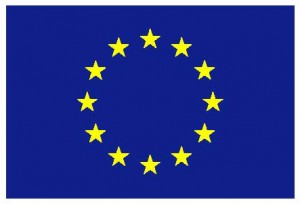Development of operating conditions to improve chemical energy yield and performance of dedusting in airtight EAF
The industrial goal of this project is to make the EAF process, improving the chemical energy yield, more efficient and more flexible. The way to obtain this result is through optimisation of the CO post-combustion ratio inside the furnace operated in airtight conditions.
The increase of the air-tightening of the furnace is advantageous because, with the reduction of the amount of uncontrolled air that enters the furnace, it is possible to have better control of the CO post-combustion in some zones of the furnace that are useful for chemical energy recovery. Furthermore, air-tightening is also useful for reducing dangerous and polluting emissions.
Consequently, the activities carried out in this research project were as follows:
- identification of the intervention on the furnace to increase air-tightening;
- development of operating procedures and of monitoring devices suitable to control an airtight EAF;
- experimental trials and evaluation of the subsequent data by appropriate models;
- development of models of the EAF and of dedusting systems that can be used to control the process and to calculate the data that is not measurable;
- development of operating procedures that allow for an increase in the chemical energy yield of the process and for control of the exhaust gas volume and dust load.
The project proved that airtight operations can lead to a decrease of the electrical energy demand if an accurate control of the process is performed. This control is necessary to optimise the coal and oxygen injection, so as to compensate for the decrease of electrical energy with chemical energy. In general, it is necessary to link the optimum postcombustion ratio inside the furnace with the injection apparatuses, the vessel geometry and the type of steel produced. As a consequence, this ratio must be worked out on a case-by-case basis.
The results obtained provide guidelines for defining the strategy for post-combustion control of the different types of EAF technology investigated.
Final Report
Martini, U.; Kleimt, B.; Zisser, S.; Pfeifer, H.; Kirschen, M.; Velikorodov, V.; De Miranda, U.; Kühn, R.; Deng, J.; Siig, J.; Wahlers, H. J.: Development of operating conditions to improve chemical energy yield and performance of dedusting in airtight EAF, EUR 22973, Office for Official Publications of the European Communities, (2007), Luxembourg, ISBN 978–92-79–06659‑7
 The research leading to these results has received funding from the European Community under grant agreement n° 7210-PR/328.
The research leading to these results has received funding from the European Community under grant agreement n° 7210-PR/328.
